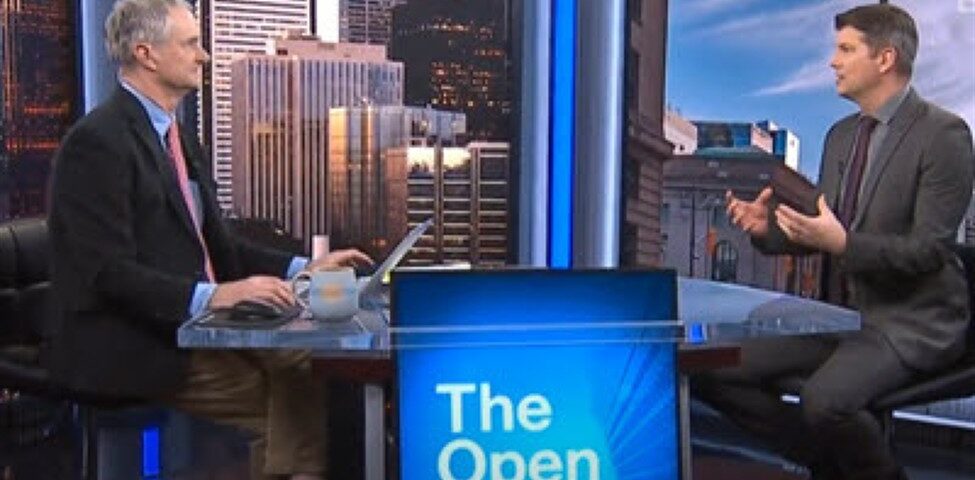
AQR Capital Management Achieves 9% Return in Q1 2025: Resilience Amid Market Turbulence
Tháng 4 1, 2025
Trump’s Frustration with Putin: Tensions Rise Amid Stalled Ukraine Ceasefire Negotiations
Tháng 4 1, 2025Understanding the Implications of “Liberation Day” Tariffs Set for April 2, 2025
As April 2, 2025, approaches, a pivotal moment in U.S. trade policy is on the horizon with the introduction of what has been dubbed “Liberation Day.” President Donald Trump is poised to announce a significant tariff initiative that has generated intense scrutiny and concern among economists and investors. This policy shift aims to impose tariffs on a wide array of foreign goods, potentially reshaping the landscape of international trade and domestic economic conditions.
Overview of “Liberation Day” Tariffs
President Trump’s proposed tariffs are set to cast a wide net, potentially affecting all U.S. trading partners. Earlier discussions hinted at a more selective approach, targeting nations with notable trade imbalances identified as the “dirty 15.” However, recent statements from Trump indicate a more comprehensive strategy that could impact virtually all imports. Notably, among the proposed tariffs is a striking 25% tax on imported cars and parts. This move, while aimed at protecting domestic manufacturers, may significantly escalate consumer costs, raising concerns about affordability and accessibility of essential goods.
Economists are expressing tangible fears about the economic repercussions of these tariffs. Notably, Goldman Sachs has adjusted its economic forecasts, raising the likelihood of a recession within the coming year to 35%. There are predictions of inflation rates reaching 3.5% by the end of 2025, with GDP growth outlooks being revised downward. The prevailing sentiment among analysts is that these tariffs could predominantly burden consumers, creating broader economic challenges and heightening inflationary tensions. For insights into similar economic shifts and critical investment strategies, it is worth noting some potential top investment mistakes to avoid in 2023.
Market Reactions and Business Uncertainty
In the wake of Trump’s tariff announcements, U.S. financial markets have experienced significant turbulence. Initial declines in stock indices were followed by a notable rebound, representing the most substantial intraday recovery seen in over a year. However, this temporary uplift did little to mitigate the overall downward trend observed through March 2025. Investor sentiment is wary, as the inconsistent messaging from the administration regarding trade policies is fostering a precarious environment for U.S. businesses that depend on stable trade relationships.
This climate of uncertainty has made many businesses hesitant about future planning and investment, raising alarms that could stymie economic growth. As companies grapple with potential shifts in import costs and market dynamics, the stage is set for significant changes in corporate strategies across various sectors. Notably, firms looking to navigate this complex landscape can draw guidance from analyses on China’s strategic moves amid trade tensions and shifting international dynamics.
Potential Long-Term Impacts on Inflation and Consumer Behavior
The implications of the proposed tariffs could extend far beyond immediate price increases on goods. Should costs for auto parts surge, it is conceivable that repair expenses could also rise, impacting related services and consumer behavior. Historically, the intention behind tariffs has been to shield domestic industries from unfair competition. However, the current economic climate suggests that the impacts may not align with traditional expectations, leading to possible negative consequences for the overall economic landscape.
Despite the adverse forecasts, government representatives maintain an optimistic outlook, asserting that the negative financial impacts of these tariffs will prove temporary and may ultimately yield a more robust economy. Administration officials have emphasized that the generated revenue from these tariffs could support domestic investment initiatives, framing the tariffs as a catalyst for economic revitalization.
In conclusion, while “Liberation Day” appears poised to significantly redefine U.S. trade dynamics, the anticipated tariffs bring with them a host of complex economic implications. Higher consumer prices, rising inflation, and increased uncertainty in the marketplace are potential outcomes that warrant careful consideration. The eventual effects will largely hinge on the policies’ execution and their reception by both domestic and international stakeholders, making the upcoming announcement critical for the future of U.S. trade and economic health.

